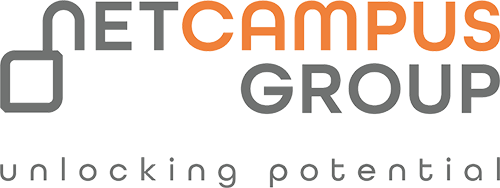As the importance for data analytics grows, more job roles are required to set context and better communicate vital business intelligence. Collecting, analysing, and reporting on data can drive priorities and lead business decision-making. CompTIA Data+ validates certified professionals have the skills required to facilitate data-driven business decisions, including: • Mining data • Manipulating data • Visualizing and reporting data • Applying basic statistical methods • Analysing complex datasets while adhering to governance and quality standards throughout the entire data life cycle
To ensure your success in this course, you should have 18 24 months of hands-on experience working in a business intelligence, report/data analyst job role. • You should have a working knowledge of Microsoft Excel or a spreadsheet program. • You should understand how to build basic math calculations, like add, subtract, divide, and multiply (basic arithmetic). • You should know how to build basic functions like Sums, Average, and Count. • You should understand the basics of sorting and filtering data sets in Excel or a similar spreadsheet program. You should have a working knowledge of how to build very basic pivot tables. • You should have some understanding of databases and all knowledge toward understanding how databases designed will be helpful. • You should have a basic understanding of how to build simple charts in using
• The Official CompTIA Data+ (Exam DA0-001) is the primary course you will need to take if your job responsibilities include gathering and collecting data for use in reporting, research of visualization, and analysis within your organization. • You can also take this course to prepare for the CompTIA Data+ (Exam DA0-001) certification examination.
This course is designed for Data analyst.
On completion of the course, delegates will be able to: Identify basic concepts of data schemas. Understand different data systems. Understand types and characteristics of data. Compare and contrast different data structures, formats, and markup languages. Explain data integration and collection methods. Identify common reasons for cleansing and profiling data. Execute different data manipulation techniques. Explain common techniques for data manipulation and optimization. Apply descriptive statistical methods. Describe key analysis techniques. Understand the use of different statistical methods. Use the appropriate type of visualization. Express business requirements in a report format. Design components for reports and dashboards. Distinguish different report types. Summarize the importance of data governance. Apply quality control to data. Explain master data management concepts. Identify common data analytics tools.
Reach out to us for more details, availability, or any specific queries you might have. We're here to help you make the right choice!
Course Preview
Interested in CompTIA Data+? We're here to help! Fill out the form below, and our team will get in touch with you to provide more details and answer any questions you may have.
Take the next step in your learning journey. Fill out the form below to secure your spot in our upcoming course.
Subscribe to our newsletter and never miss out on industry trends, exclusive content, and special offers. Join our community today!

© 1997 NetcampusGroup©. All Rights Reserved. Website by Click Media
👋 Hi there! What’s your name?


